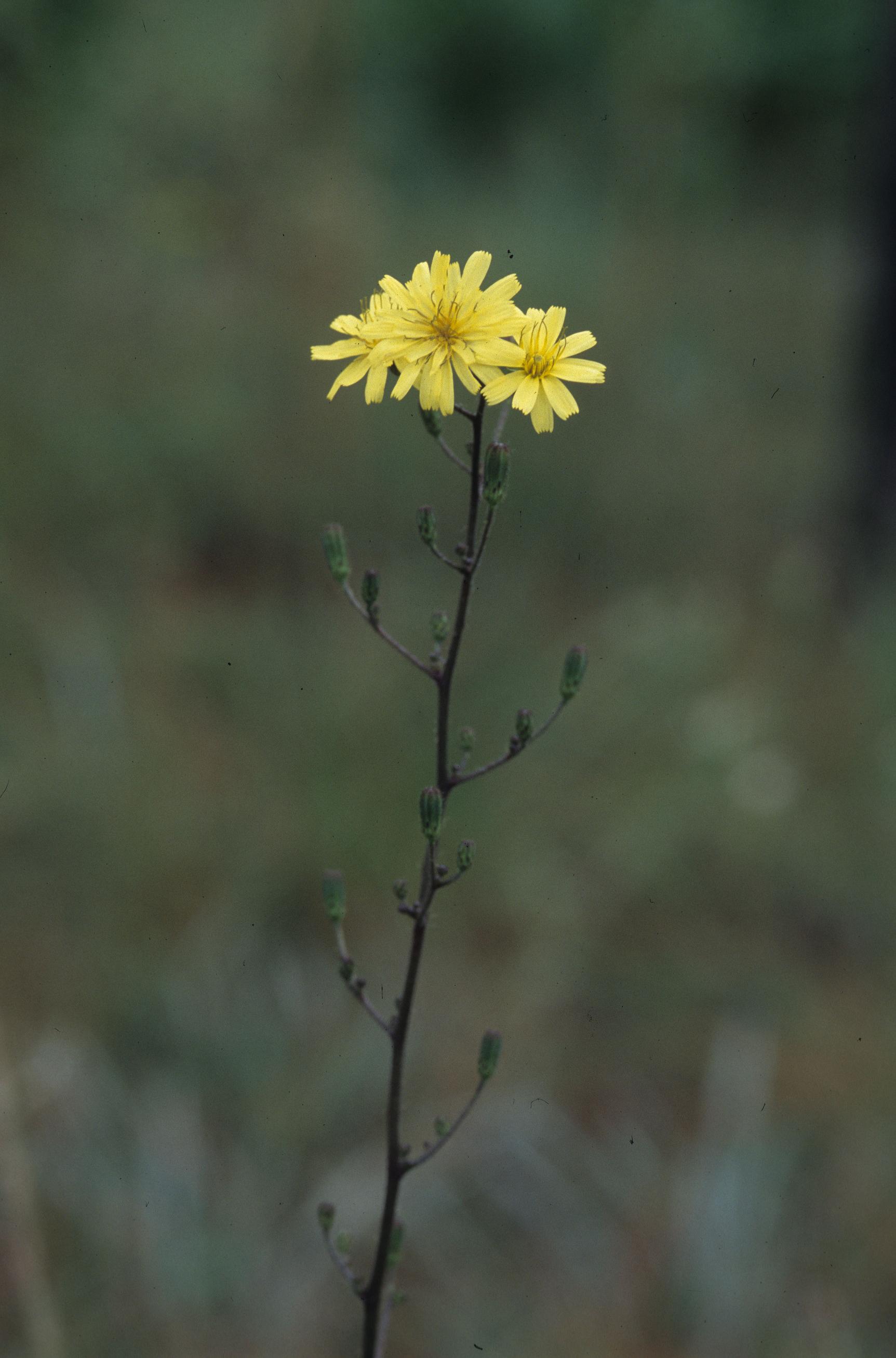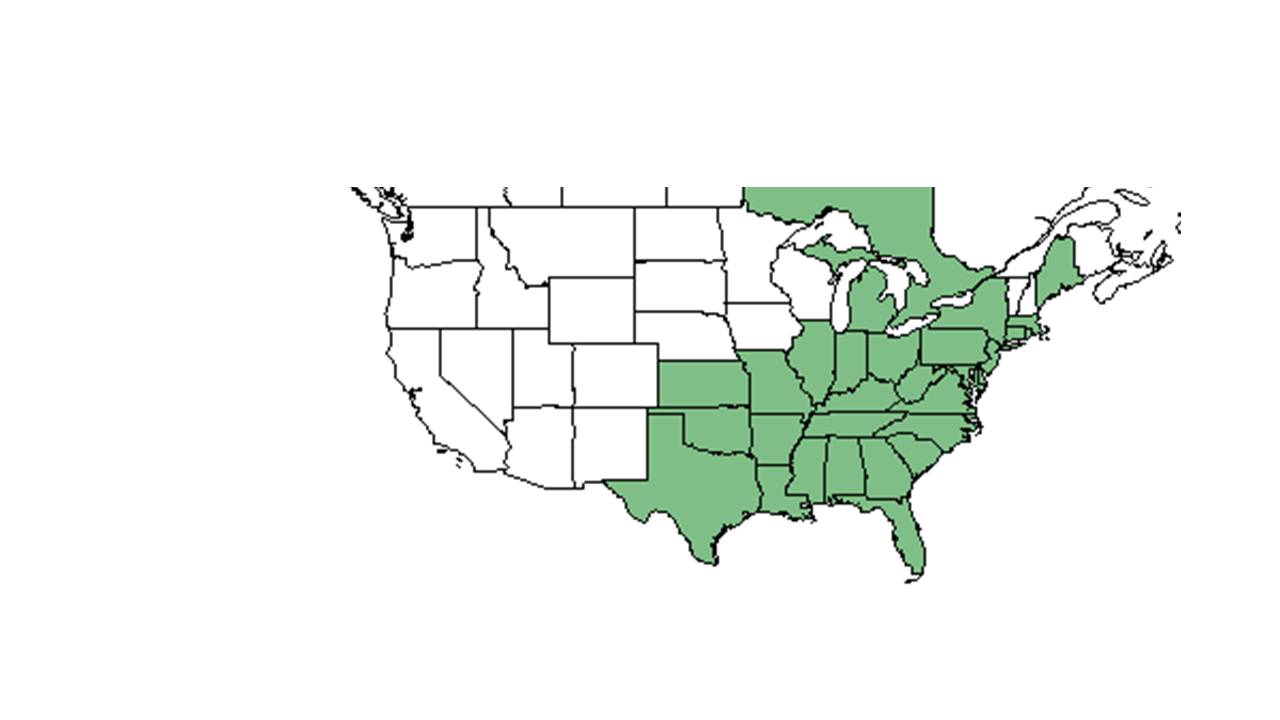Difference between revisions of "Hieracium gronovii"
| Line 3: | Line 3: | ||
{{taxobox | {{taxobox | ||
| name = Hieracium gronovii | | name = Hieracium gronovii | ||
| − | | image = | + | | image = Hieracium gronovii_Gil.jpg |
| − | | image_caption = | + | | image_caption = Photo was taken by Gil Nelson |
| regnum = Plantae | | regnum = Plantae | ||
| divisio = Magnoliophyta - Flowering plants | | divisio = Magnoliophyta - Flowering plants | ||
Revision as of 13:47, 16 June 2015
| Hieracium gronovii | |
|---|---|

| |
| Photo was taken by Gil Nelson | |
| Scientific classification | |
| Kingdom: | Plantae |
| Division: | Magnoliophyta - Flowering plants |
| Class: | Magnoliopsida – Dicotyledons |
| Order: | Asterales |
| Family: | Asteraceae ⁄ Compositae |
| Genus: | Hieracium |
| Species: | H. gronovii |
| Binomial name | |
| Hieracium gronovii L. | |

| |
| Natural range of Hieracium gronovii from USDA NRCS Plants Database. | |
Contents
Description
Distribution
Ecology
Habitat
Phenology
Seed dispersal
Seed bank and germination
Several short-lived perennial forbs also have a seed bank persistent for at least several years.[1]
Fire ecology
Pollination
Use by animals
Deyrup observed these bees, Augochloropsis sumptuosa, Dialictus coreopsis, Halictus ligatus, Anthidiellum perplexzcm, Anthidium maculifrons, Megachile breuis pseudobrevis, M. georgica, on H. gronovii.[2]
Diseases and parasites
Conservation and Management
Cultivation and restoration
Photo Gallery
References and notes
- ↑ Platt, W. J., S. M. Carr, et al. (2006). "Pine savanna overstorey influences on ground-cover biodiversity." Applied Vegetation Science 9: 37-50.
- ↑ Deyrup, M. J. E., and Beth Norden (2002). "The diversity and floral hosts of bees at the Archbold Biological Station, Florida (Hymenoptera: Apoidea)." Insecta mundi 16(1-3).